Stainless steel is widely popular as it is a durable, clean, and non-reactive material. It is widely used in various industries, such as healthcare, food processing, and household appliances. Stabilizing stainless steel is essential to remove any harmful bacteria, viruses, or germs that may cause infections.
Sterilizing stainless steel could be challenging, but it’s important to ensure your safety, whether you’re using it for cooking or medical purposes. In this blog post, we’ll discuss some tips and tricks on how to sterilize stainless steel and ensure it’s germ-free.
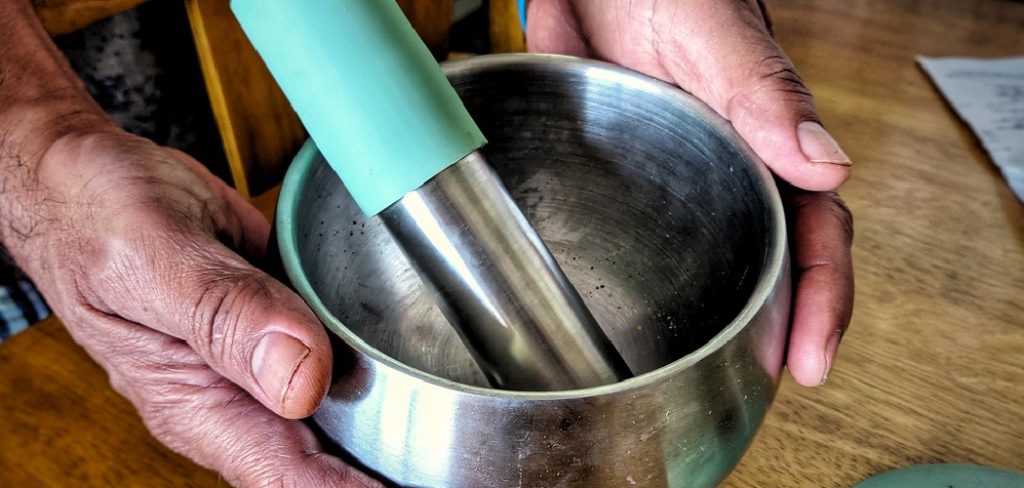
Can You Sterilize Stainless Steel?
Stainless steel is one of the most widely used materials in the world thanks to its durability and low maintenance requirements. However, concerns often arise about its ability to be sterilized. The good news is that stainless steel is very easily sterilized, making it a popular choice in various settings, from hospitals to food processing plants.
With the right technique and equipment, stainless steel can be safely and effectively sterilized, giving you peace of mind that your equipment and surfaces are free from harmful bacteria and pathogens. So, whether you’re a healthcare professional, food manufacturer, or simply someone who wants to ensure their home surroundings are safe, stainless steel is an ideal choice for your needs.
Why Should You Sterilize Stainless Steel?
Sterilizing stainless steel is an important process that is often overlooked. While stainless steel is known for its durability and resistance to corrosion, it can still harbor dangerous bacteria if not properly sterilized. Sterilizing stainless steel can ensure that it is safe to use and free from harmful contaminants.
This is especially important in hospitals, laboratories, and commercial kitchens, where hygiene is critical. The sterilization process involves using high heat or chemicals to kill any bacteria or viruses that may be present on the surface of the steel. By taking this extra step, you can have peace of mind knowing that your stainless steel items are truly clean and safe to use.
How To Sterilize Stainless Steel: Tips And Tricks
1. Clean The Surface First
Before sterilizing stainless steel, it is important to ensure it’s clean and free from any dirt or debris. Use warm, soapy water to clean the surface, or use an appropriate cleaner. Cleaning the surface ensures that sterilization is effective, as the bacteria or viruses are not hidden or protected by dirt.
2. Use A Sterilization Solution
You can use various sterilization solutions and methods, such as boiling water, UV sterilization, or chemical sterilizers. When using sterilizing solutions like bleach, hydrogen peroxide, or alcohol, make sure to follow the instructions and dilute them as necessary. Always wear protective gloves and eyewear when handling these solutions. When using boiling water, ensure the stainless steel surface is immersed for at least five minutes.
3. Autoclave Sterilization
Autoclave sterilization is commonly used in medical facilities. Autoclaves use high-pressure steam to sterilize stainless steel. Most hospital-grade autoclaves are suitable for standard stainless steel equipment. Ensure you’re not overloading the autoclave and arrange the items to allow steam to circulate.
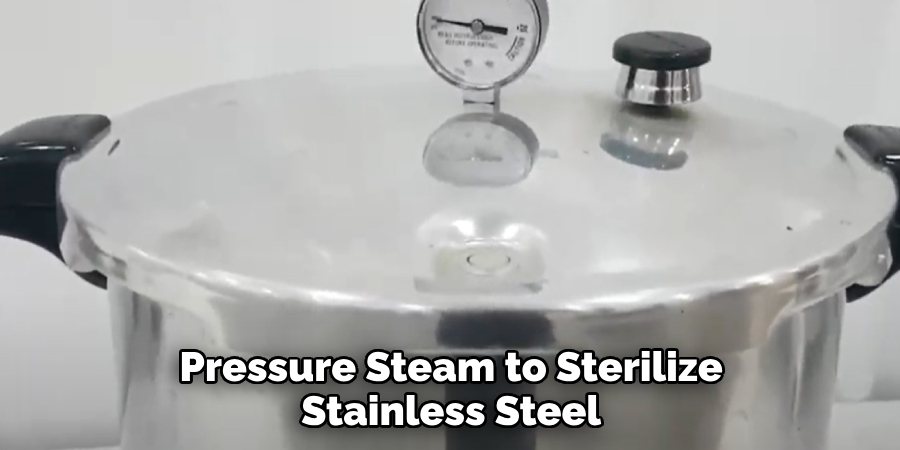
4. UV Sterilization
UV sterilization uses light to kill bacteria and viruses on surfaces. It is popular in the food processing industry. However, it requires specialized equipment and should be handled by trained personnel. Not all stainless steel products are suitable for UV sterilization, and you should consult with a specialist before using this method.
5. Dry Properly After Sterilization
After sterilizing stainless steel, ensure it’s dried properly. Moisture can cause bacteria buildup and defeat the purpose of sterilization. Use a clean, dry cloth to wipe down the surface, or let it dry naturally. If using a chemical sterilizer, ensure the solution is completely dry before using the stainless steel product.
6. Avoid Abrasive Cleaners
Avoid abrasive cleaners when sterilizing stainless steel, as they can cause scratches and damage to the surface. Use soft cloths or sponges instead when cleaning or applying solutions. This preserves the integrity of the stainless steel and ensures it remains clean and sterilized.
7. Sterilize Regularly
To maintain a sterile environment, it’s important to sterilize stainless steel products regularly. The frequency of the sterilization process depends on how often the product is used and in what conditions. For example, medical equipment may need to be sterilized after every use, while household items can be disinfected once a week. Regular sterilization helps prevent the spread of bacteria and viruses, keeping you and those around you safe.
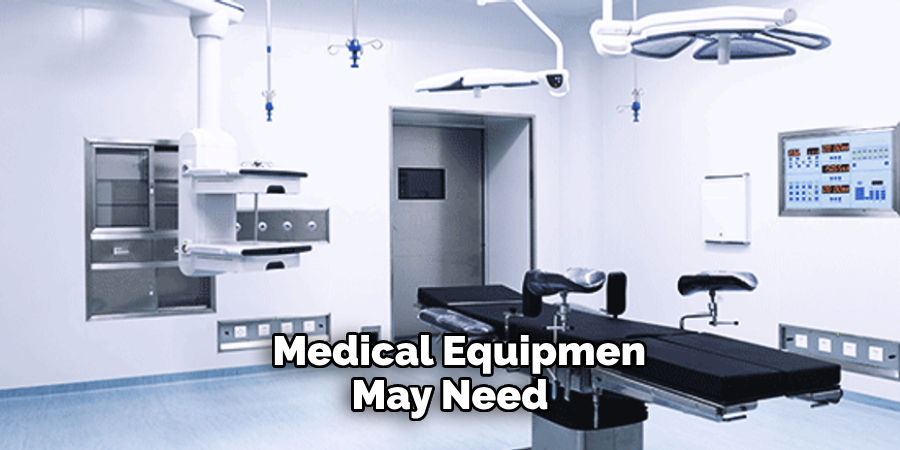
5 Considerations Things When You Need to Sterilize Stainless Steel
1. Determine the Type of Steel
The first thing to consider when sterilizing stainless steel is the type of steel being sterilized. Different types of stainless steel require different sterilization methods, so it is important to determine what type of steel is being used before beginning the process. For example, some stainless steels are more corrosion-resistant and may require harsher chemicals or higher temperatures for proper sterilization.
2. Understand the Sterilization Method
Once the type of steel has been determined, it is important to understand the method used for sterilization. Common methods for sterilizing stainless steel include chemical disinfection, heat treatment, and steam cleaning. Each method has its own advantages and disadvantages, so it is important to research each option to determine which one is best suited for the task at hand.
3. Consider Safety Precautions
When using any type of chemical or heat-based sterilization method, it is important to take safety precautions in order to protect both yourself and those around you from potential harm. Be sure to wear protective clothing such as gloves and a face mask when handling any chemicals or hot surfaces. Additionally, ensure that any areas with chemicals or high temperatures are well-ventilated to avoid inhaling fumes or burns from hot surfaces.
4. Choose Appropriate Cleaning Agents
The next step in sterilizing stainless steel is choosing appropriate cleaning agents for the job at hand. Certain cleaning agents may be more effective depending on the type of steel being cleaned and the desired results. Be sure to research different cleaning agents and their properties to determine which will provide optimal results with minimal risk of damage to the cleaned surface.
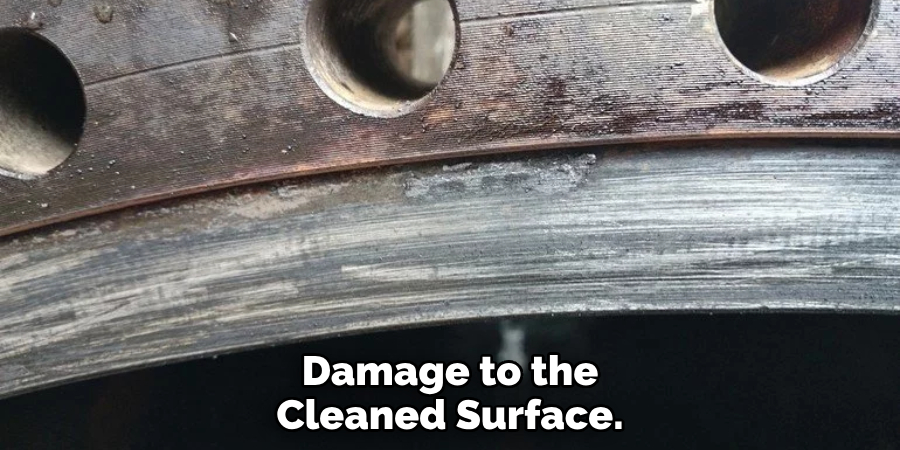
5. Monitor Progress Regularly
Finally, it is important to monitor progress regularly during any type of sterilization process to ensure that all areas have been properly treated and no damage has occurred during the process. This can be done by periodically checking on areas that have already been treated as well as monitoring temperatures or other factors associated with certain kinds of sterilization processes such as chemical disinfection or heat treatment
5 Benefits of Sterilize Stainless Steel
1. Durability
One of the primary benefits of sterilized stainless steel is its durability. The material is highly resistant to corrosion, rust, and other forms of wear and tear. This makes it an ideal choice for items that will be exposed to moisture or extreme temperatures, such as medical instruments or cookware. Additionally, sterilized stainless steel is resistant to staining, making it easier to keep clean and maintain over time.
2. Non-Toxic
Sterilized stainless steel is also non-toxic, meaning that it won’t leach any harmful chemicals into food or beverages when in contact with them. This makes it a great choice for items such as water bottles, baby bottles, and kitchen utensils that will come into contact with food or drink on a regular basis.
3. Easy to Clean
Another benefit of sterilized stainless steel is that it is easy to clean and maintain. The material can be wiped down with a damp cloth or rinsed off with soap and water without fear of damage or discoloration. Additionally, the material can be sanitized by using high heat or chemical disinfectants without risk of corrosion or rusting.
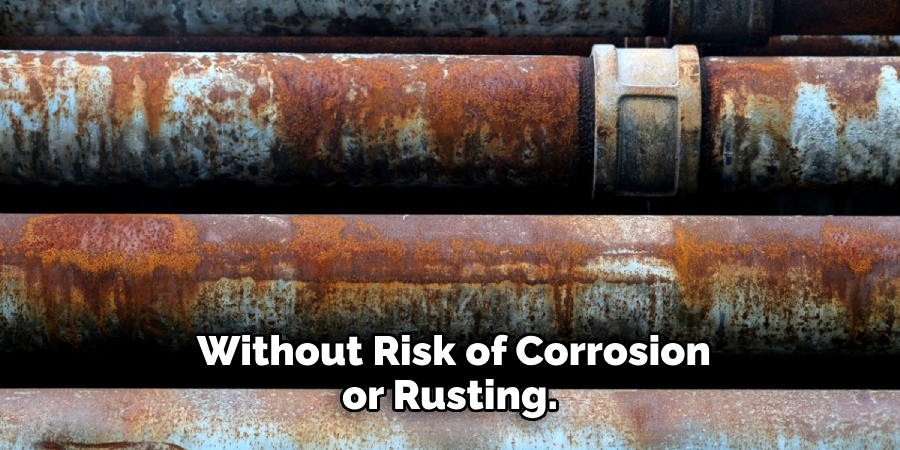
4. Hypoallergenic
Sterilized stainless steel is also hypoallergenic, meaning that it won’t cause allergic reactions in people who are sensitive to certain metals such as nickel and copper. This makes it an ideal choice for items such as jewelry and watches that may come into contact with the skin regularly.
5. Versatile
Finally, sterilized stainless steel is incredibly versatile and can be used in a variety of applications from medical instruments to cookware to jewelry and more! Its durability, non-toxicity, easy cleaning process, and hypoallergenic properties make it an excellent choice for a wide range of products.
Some Common Mistakes People Make When Trying to Sterilize Stainless Steel
Sterilizing stainless steel is an important process to ensure the cleanliness of different objects, such as surgical instruments, cooking utensils, and scientific equipment. However, several individuals commit common mistakes when trying to sterilize stainless steel, which can compromise the item’s purity.
Often, people do not clean the item before sterilization, leading to dust or debris that can harbor bacteria. Furthermore, using abrasive materials such as steel wool or scouring pads can scratch and damage the stainless steel surface, making it hard to clean and sterilize properly.
It is also essential to remember that proper sterilization requires high-heat exposure and enough time to destroy bacteria effectively. Therefore, rushing the process or not following the manufacturer’s guidance can result in incomplete sterilization, forming harmful microorganisms. With the proper approach and care, you can correctly sterilize stainless steel and ensure a germ-free and safe environment.
Conclusion
Sterilizing stainless steel is essential for maintaining hygiene and safety, whether it’s used in a medical facility or in your kitchen. By following the tips above, you can ensure your stainless steel products are free from harmful bacteria or viruses. Always practice caution and safety measures when handling sterilization solutions.
Determine the type of sterilization method that is best suited for the specific application and consult with a specialist if unsure. When properly sterilized and maintained, stainless steel can provide a safe and durable material for various applications. Thanks for reading our post about how to sterilize stainless steel.
Edmund Sumlin is a skilled author for Metal Fixes, bringing 6 years of expertise in crafting a wide range of metal fixtures. With a strong background in metalwork, Edmund’s knowledge spans various types of fixtures, from decorative pieces to functional hardware, blending precision with creativity. His passion for metalworking and design has made him a trusted resource in the industry.
Professional Focus:
- Expert in Metal Fixtures : Edmund aesthetic specializes in creating durable and innovative metal fixtures, offering both appeal and functionality. His work reflects a deep understanding of metalworking techniques and materials.
- Sustainability Advocate : He is dedicated to using sustainable practices, ensuring that every fixture is crafted with eco-friendly methods while maintaining high-quality standards.
In his writing for Metal Fixes, Edmund provides valuable insights into the latest trends, techniques, and practical advice for those passionate about metal fixtures, whether they are professionals or DIY enthusiasts. His focus on combining artistry with engineering helps others discover the true potential of metal in design.


